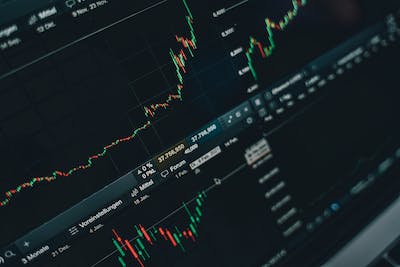The Best Time to Trade Forex | A Comprehensive Guide

Unlocking Success Best Forex Trading Strategies
November 24, 2023
Understanding the Role of Forex Signals For Profitable Trading
November 28, 2023Introduction:
Trading forex is not just about having a solid strategy; timing is crucial. The foreign exchange market operates 24 hours a day, five days a week, providing ample opportunities for traders. However, understanding the best time to trade forex can significantly impact your success. In this comprehensive guide, we'll delve into the different forex trading sessions, key market overlaps, and strategies to optimize your trading based on the time of day.
Understanding Forex Market Sessions:
The forex market is divided into four major trading sessions, each with its characteristics and market participants:
-
Sydney Session: It kicks off the trading day and is characterized by low volatility. Major currency pairs involving the Australian and New Zealand dollars are often traded during this session.
-
Tokyo Session: As the Tokyo market opens, liquidity increases. This session overlaps with the Sydney session, providing a more active market. JPY currency pairs are commonly traded during this time.
-
London Session: Known as the financial capital, London experiences the highest trading volume. The session often sets the tone for the day, and major currency pairs, such as EUR/USD and GBP/USD, see increased activity.
-
New York Session: As the London session closes, the New York session takes over. This overlap results in heightened volatility, offering excellent trading opportunities, especially for USD pairs.
Key Market Overlaps:
The most lucrative opportunities arise during market overlaps when two sessions are open simultaneously. The three primary overlaps are:
-
London-New York Overlap: This overlap, occurring from 8 AM to 12 PM EST, is the most active period. Traders often witness increased volatility and liquidity, making it an ideal time for day trading.
-
Sydney-Tokyo Overlap: While not as robust as the London-New York overlap, this session (2 AM to 6 AM EST) presents opportunities, particularly with AUD and JPY pairs.
-
London-Tokyo Overlap: Though brief, this overlap (3 AM to 4 AM EST) can offer favorable conditions for trading, especially for EUR and JPY pairs.
Strategies for Different Trading Sessions:
-
Asian Session Strategies:
- Focus on JPY currency pairs.
- Utilize range-bound strategies as markets are often less volatile.
-
European Session Strategies:
- Trade major pairs like EUR/USD and GBP/USD.
- Look for trend continuation setups.
-
North American Session Strategies:
- Concentrate on USD pairs.
- React to economic data releases, particularly from the U.S.
Factors Influencing Best Trading Times:
-
Economic Calendar: Stay informed about economic events and news releases, adjusting your trading hours accordingly.
-
Volatility: Different currency pairs exhibit varying levels of volatility during different sessions. Tailor your strategy to suit the prevailing market conditions.
-
Personal Schedule: Align your trading hours with your availability and energy levels. It's crucial to be focused and alert while trading.
Conclusion:
Mastering the art of timing is fundamental to successful forex trading. By understanding the distinct characteristics of each trading session, identifying key market overlaps, and implementing suitable strategies, traders can enhance their chances of making profitable decisions. Regularly assess economic calendars, adapt to changing market conditions, and, most importantly, find a trading schedule that aligns with your individual preferences and lifestyle. Whether you're a day trader or a long-term investor, the best time to trade forex is the time that suits your strategy and goals.


